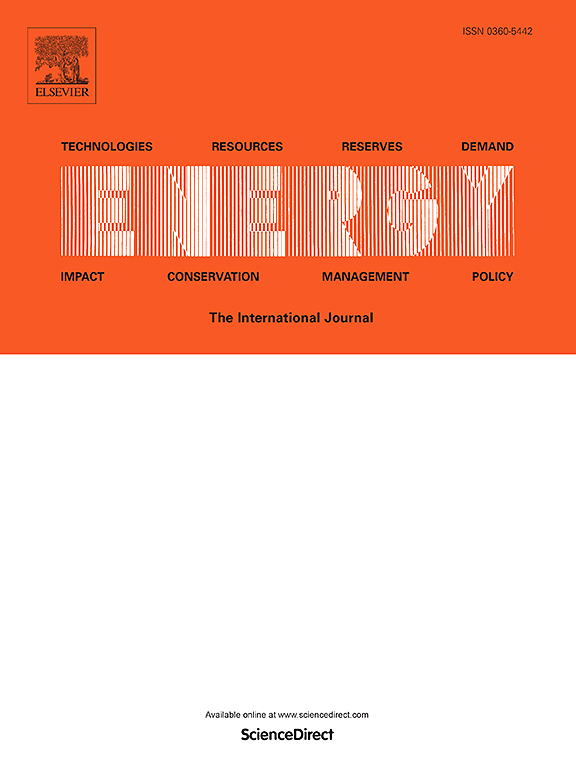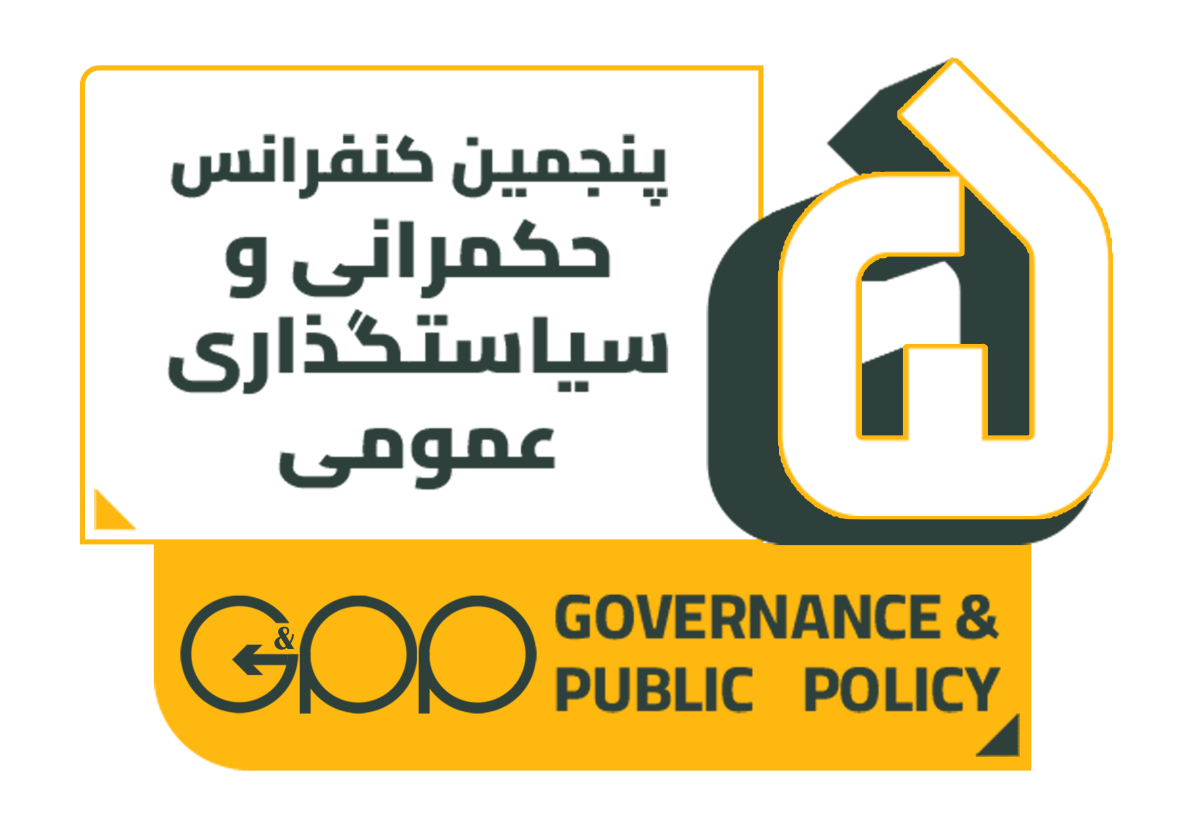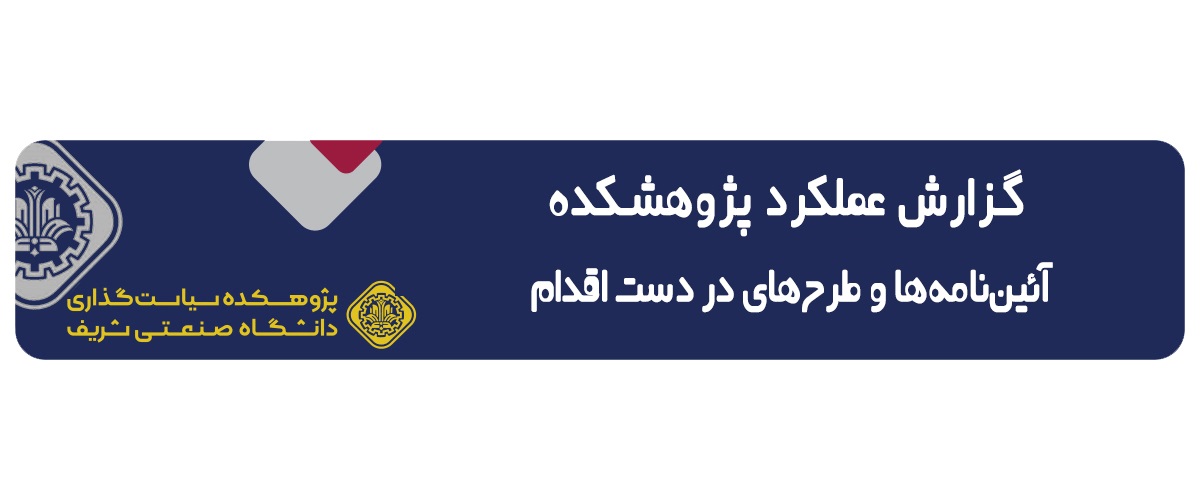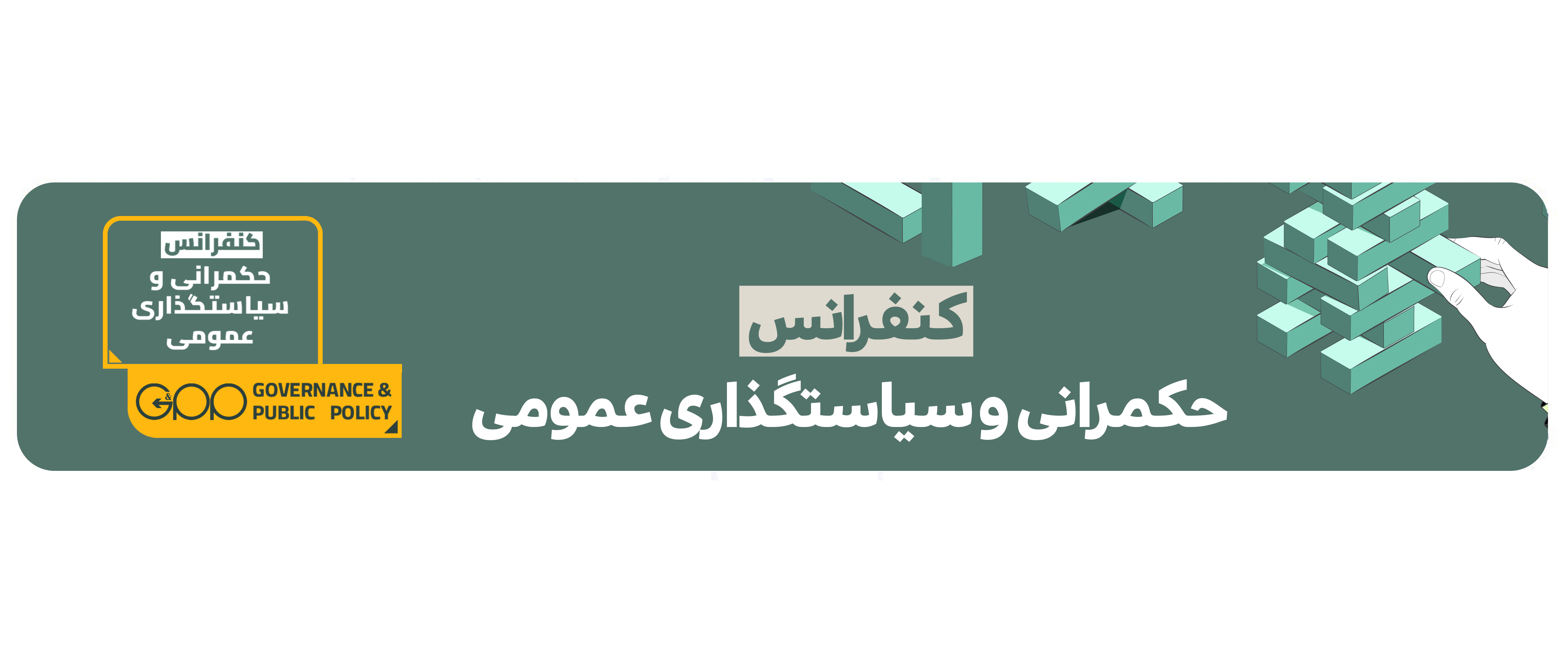ABSTRACT
Although the government owns most of Iran's natural gas industry, outsourcing has begun via build-owned-and-transfer (BOT) contracts in development, and fixed-price service contracts for operation and maintenance. For instance, in the distribution industry, the private sector now performs 50 % of the tasks. Variable unit costs show the necessity for performance- and incentive-based rules to address the variability of enterprises' pay systems. These costs are greater for public firms in certain places and lower in others. Using the financial data of 31 Iranian natural gas distribution companies from 2010 to 2019, this study develops parametric models to evaluate time-variant, and time-invariant operational and capital efficiency. Besides, this paper studies four contextual factors that contribute to the heterogeneity of firms: network maturity, consumer density, consumer type, and consumption pattern. The results show that mature networks have an average 40 % higher operating unit cost. Moreover, the firms with more industrial customers in southern Iran recorded doubled sales costs. Based on unit expenditure modeling, the research suggests that merging small firms does not necessarily result in higher efficiency. Instead, mergers that optimize customer density, and average consumption growth are expected to be more effective.



 سید رضا میرنظامی
سید رضا میرنظامی محمدرضا کثیری
محمدرضا کثیری




